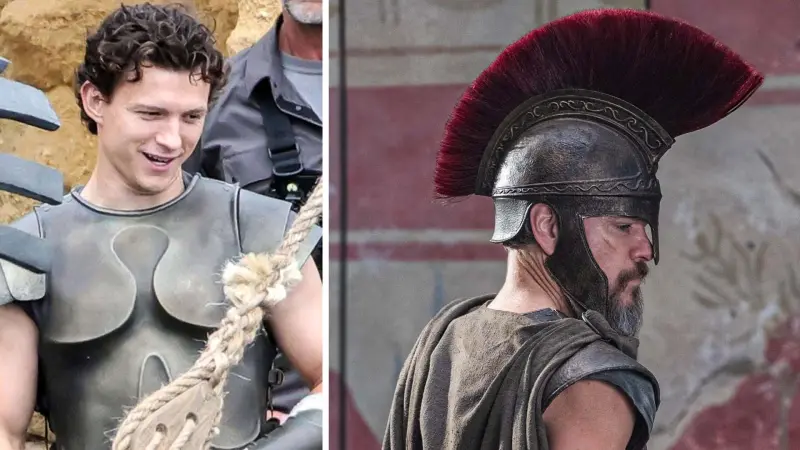Only a few coins were extracted from a sizable, nearly 200-year-old time capsule that was concealed within a campus monument by US Military Academy West Point officials.
Paul Hudson holding up the coins that were found inside the time capsule.US Military Academy West Point
And historians are perplexed by the mediocre discovery.
West Point officials were perplexed as they opened the sizable metal box, thought to be a time capsule buried in 1828 or 1829, and discovered particles of dust inside during a livestreamed event on Monday.
However, the next day, West Point archaeologist Paul Hudson did discover things hidden inside the one-square-foot box: six coins and a medal honoring the Eerie Canal's 1826 completion.
Earlier this year, during repairs, the box was found inside a monument on campus honoring the Revolutionary War hero Thaddeus Kosciuszko. It was expected by historians to include additional artifacts of historical significance.
The nearly 200-year-old box, which was discovered inside the base of a monument on West Point's campus.The US Military Academy West Point
The coins, including a Liberty dollar coin from 1800, a 50-cent coin from 1828, a 25-cent coin from 1818, an 18-cent coin from 1827, a 10-cent coin from 1827, a 5-cent coin from 1795, and an 18-cent coin from 1827, according to Hudson, helped determine when the time capsule was buried in the monument.
Despite being happy that the box wasn't entirely empty, Hudson admitted that discovering only pennies perplexed him.
"So it is a little perplexing again that we have this enormous box even with the coins in it," Hudson told Insider. "It answers one question for us, which is when was this put in, but it also raises a lot of other ones."
One of the coins, a liberty dollar coin from 1800, that was found in the box.US Military Academy West Point
Why place such small stuff in such a large box, he asked? What else could there possibly have been in the box? Why did they select coins made in these specific years? Were there any papers or letters in the box that disintegrated? Was the Eerie Canal medal just a "random memento," or did they believe it somehow embodied Kosciuszko?
"My best guess at this point is that [the coins were] just simply supposed to be representative of their time, representative of what was important to them at that time," Hudson told Insider.
He claimed that he is still testing the silt present inside the box in an effort to find any traces of paper or other organic materials that may have decomposed over time.
"I would say anything is possible," Hudson said. "There's a little bit more of this story that we can tell."









